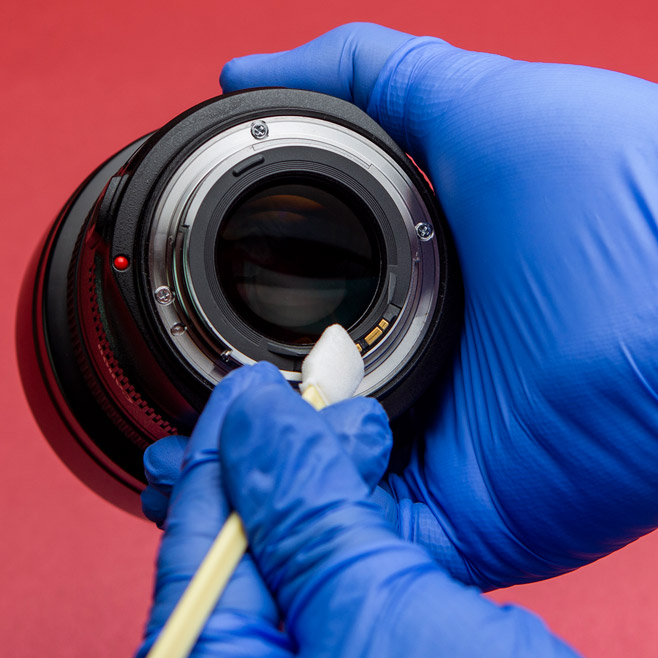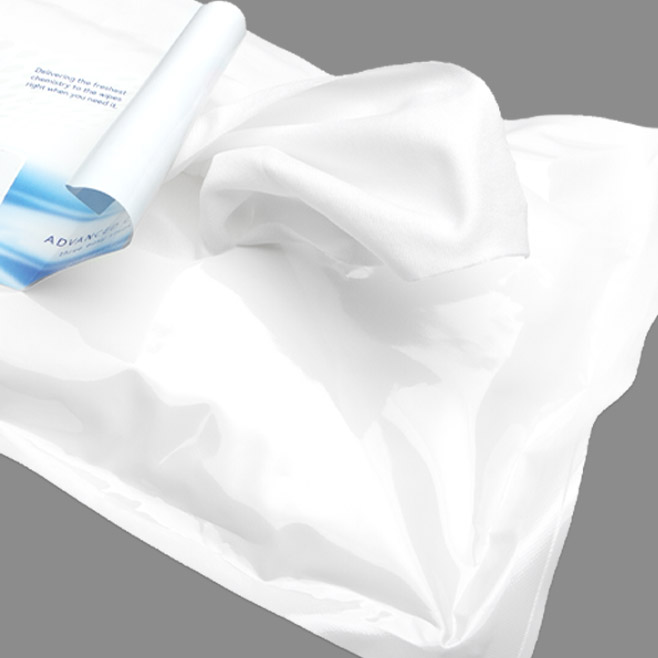Cleanroom News, FDA
Contamination Control News: Do You Dare To Go Bare?
The food processing and healthcare industries are often linked in the media, and in the mind of the general public, for obvious and frequently deeply unpleasant reasons. And when stories break, they’re usually rooted in failures by the former that necessitate intervention by the latter. Let’s recall the recent case of the seafood processing plant in Maine whose shortcomings threatened to expose consumers to botulism and listeria, which can cause grave illness, miscarriage, or death.
Today’s Contamination Control News examines the implications of a new Federal Drug Administration (FDA) proposed ban on an item routinely utilized in both the food processing and healthcare industries, one whose use has, for years, been considered best practice at worst and life saving at best. Used by the hundreds of thousands each year, according to FDA guidelines it is now time to re-examine the role of the humble powdered latex glove.
In a somewhat out-of-left-field press statement issued on March 21st, 2016, the FDA announced that it proposes a complete US ban on the use of powdered gloves.(1) These gloves are used by myriad professionals – from surgeons to dental technicians to fast food workers – and have long been considered a crucial weapon in the front line of contamination control, even within non-critical environments. It is hard to remember the last time we saw a dental hygienist or nurse practitioner examining a patient without first donning a pair of the characteristically purple or blue protective gloves. And when did you last notice your local ‘sandwich architect’ building your lunchtime take-out with their bare, ungloved hands?
So on first examination, with such widespread use, the FDA proposition does not seem to make sense and we are forced to dig a little deeper. A closer reading of the press statement reveals that the issue is not with the gloves per se, but actually with the lubricant – frequently termed donningpowder – that’s added to the insides to make them easier to put on and take off. In natural latex gloves, particles of this powder – often cornstarch – can become aerosolized and be released into the environment as the gloves are removed and replaced between tasks. Upon release, this air-borne powder carries with it latex proteins that may, in some individuals, cause respiratory ‘complications.’ And in sensitive individuals, these complications can be life-threatening.
According to FoodSafetySite.com, although common reactions to a mild latex allergy may include ‘only’ watering eyes, runny nose, hives, rashes, or coughs, the FDA also reports that severe airway inflammation may occur.(2) And it’s especially concerning that an individual with no previous manifestation of latex sensitivity may experience just such a severe first incident.
And moderate-to-severe allergic reactions to latex may even arise indirectly via third-party contact. Take, for example, pre-prepared food. When time is at a premium, it is easy and convenient to grab a pre-packed sandwich or salad and rush back to work. But when your chosen lunchtime take-away is prepared by a foodservice worker wearing protective gloves you might unwittingly put yourself at risk. Latex proteins from the gloves may settle on the food, unintentionally creating a hidden food allergen that could trigger a reaction if you are a highly sensitive individual. In a report published in the Journal of Allergy and Clinical Immunology, two individuals suffered severe reactions, one requiring in-patient treatment with epinephrine, glucocorticosteroids and Benadryl, after ingesting food that had been handled by a worker wearing latex-based hand protection.(3)
And within a surgical environment, the complications of latex sensitivity for a patient run even more broadly. According to the National Institutes of Health (NIH) incidents of post-surgical inflammation of wound sites increase after patient contact with latex, and the incidence of post-surgical adhesion is also elevated. In up to 93% of patients undergoing abdominal or pelvic surgery, such adhesions – painful bands of scar tissue that form between internal organs and tissues – may occur. Over time, these adhesions may go on to constrict internal organs, decrease blood flow, cause pain in the affected area, or result in fever, infertility, repeated miscarriages, or intestinal obstruction.(4) Frequently medical professionals fail to diagnose the problem as they treat of the symptoms without understanding their genesis, especially as problems may first be reported months or even years after surgery.
And then there’s the issue of developing latex sensitivity. Workers in both the healthcare and the foodservice industries are exposed to a form of latex which, due to need for its softness and flexibility, is manufactured with the highest amount of latex proteins. These proteins may be absorbed through the skin through sweat or inhaled during the donning or the removal process resulting, in time, in accelerated sensitivity by the wearer and increased likelihood of an allergic reaction.
There is no question that latex sensitivity – as diagnosed with clinical history, skin prick testing, or latex-specific serum immunoglobulin E testing – is on the rise. The proposed FDA ban on which “pose an unreasonable and substantial risk of illness or injury to health care providers, patients and other individuals who are exposed to them” may be the first salvo in the battle to stem this tide.(5) The adoption of low-protein, powder-free gloves, or indeed latex-free gloves are other options which, while exempted from the ban, will remain Class 1 medical devices, necessitating an amendment to the agency’s own classification regulations.
If you are interested in following this story, the public comment period for the proposed ruling runs until late June 2016 at www.regulations.gov, and we are always interested to hear your thoughts. Please feel free to leave us a comment below.
References:
- http://www.fda.gov/NewsEvents/Newsroom/PressAnnouncements/ucm491466.htm
- http://www.foodsafetysite.com/foodservice/FAQ/?m_knowledgebase_article=653
- http://www.jacionline.org/article/S0091-6749%2895%2970165-6/fulltext
- http://www.niddk.nih.gov/health-information/health-topics/digestive-diseases/abdominal-adhesions/Pages/facts.aspx
- http://www.fda.gov/NewsEvents/Newsroom/PressAnnouncements/ucm491466.htm




















HAVE AN IDEA FOR CONTENT?
We are always looking for ideas and topics to write about.
Contact Us